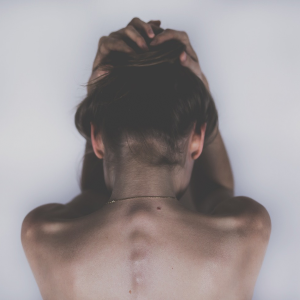The effect of five activities daily living on improving cognitive function in ischemic stroke patients

Accepted: 2 October 2023
HTML: 148
All claims expressed in this article are solely those of the authors and do not necessarily represent those of their affiliated organizations, or those of the publisher, the editors and the reviewers. Any product that may be evaluated in this article or claim that may be made by its manufacturer is not guaranteed or endorsed by the publisher.
Authors
This study aimed to assess the effects of five activities of daily living (ADL) interventions on improving cognitive function in patients with ischemic stroke. The study employed a quasi-experimental design with 16 ischemic stroke patients (n=8 per group) in an inpatient ward at a regional hospital in Samarinda, Indonesia. Inclusion criteria were: i) confirmed ischemic stroke via medical records, ii) effective communication, iii) current inpatient status, and iv) hemiparesis. Data collection used an ADL activity instrument sheet, while cognitive function was assessed with the MoCA-Ina screening (maximum score: 30 points). Data analysis included the Wilcoxon test and independent T-Test, with significance set at p<0.05. After the intervention, the intervention group's cognitive function significantly improved (from mean 20.25 ± 2.60 to 25.13 ± 1.81), while the control group changed from mean 17.13 ± 2.10 to 20.50 ± 2.00. The intervention group showed a significant cognitive improvement compared to the control group (p < 0.05). In conclusion, ADL interventions enhance cognitive function in ischemic stroke patients, aiding recovery and serving as an effective hospital nursing intervention.
How to Cite

This work is licensed under a Creative Commons Attribution-NonCommercial 4.0 International License.

 https://doi.org/10.4081/hls.2023.11730
https://doi.org/10.4081/hls.2023.11730



